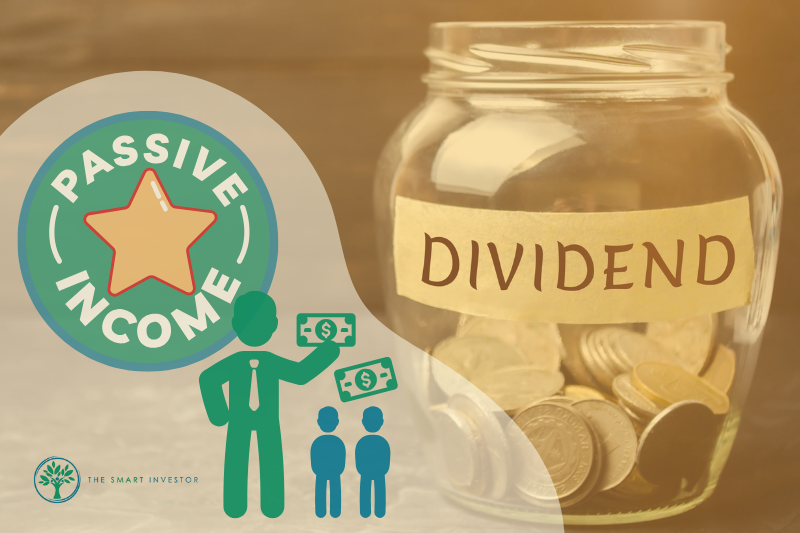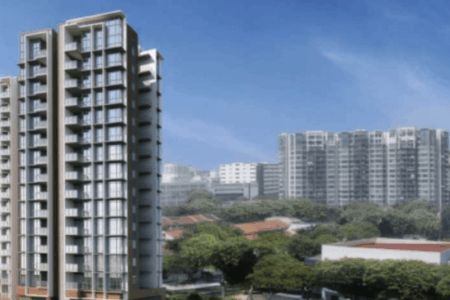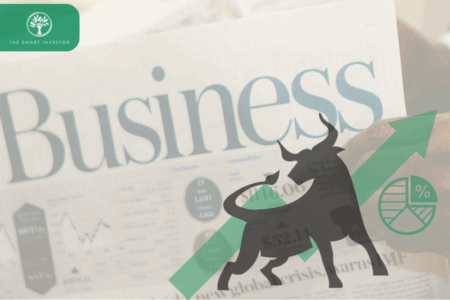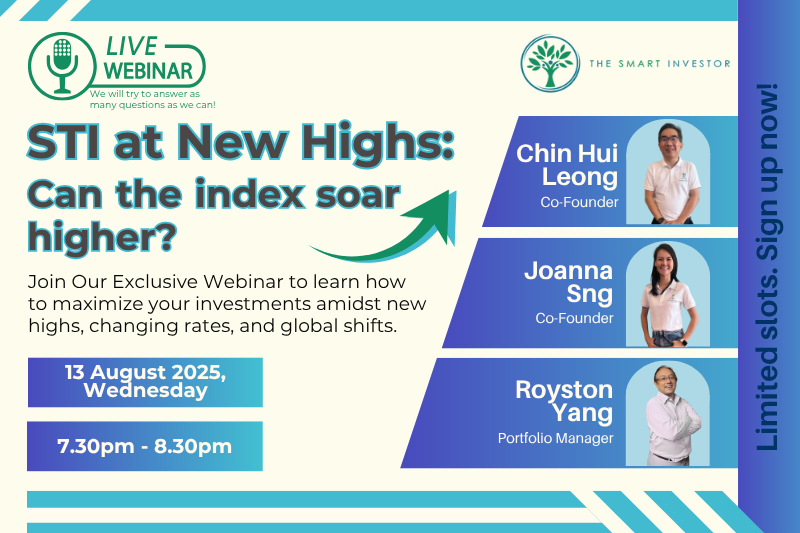For many investors, dividends are a main driver of why they buy stocks.
Steady cash flow and compounding returns are hard to resist.
However, while a high dividend yield might look tempting, it could also be a warning sign.
Dividend payouts need to be backed by solid financial fundamentals for them to be safe.
That said, there is no single metric that guarantees stability.
Instead, investors can use these three indicators as essential checkpoints: Free Cash Flow (FCF), Balance Sheet Strength, and the Payout Ratio.
Free Cash Flow
First, we look at a company’s Free Cash Flow (FCF).
This is the cash a company has, after spending money to support and maintain its operations and capital assets.
FCF is used to pay dividends or repay a company’s creditors, and is used to settle liabilities and obligations.
A company with strong net income can lack the liquidity to sustain its payouts if its cash flow is weak.
High and consistent FCF is one indicator that a company can not just comfortably fund its dividends, but also reinvest in growth and reduce debts (if any) without financial strain.
A standout example is Sheng Siong (SGX: OV8).
Despite being in the competitive grocery scene, the supermarket chain generated positive free cash flow of S$78.9 million, or S$0.052 per share, for the first half of 2025.
An interim dividend of S$0.032 was also declared, unchanged from last year.
For investors, it is essential to ensure that your dividends originate from genuine free cash flow.
Companies that rely on debt to maintain dividends are effectively borrowing from the future, a red flag for sustainability.
Balance Sheet Strength
The second indicator of a sustainable dividend is the strength of a company’s balance sheet.
The balance sheet shows the assets that a company possesses and the liabilities it owes.
Resilience comes from a strong balance sheet.
Heavy debt puts companies at higher risk in a downturn, as profits and cash flows can quickly vanish if there are hefty interest payments.
To understand if a company has a healthy balance sheet, we look at the gearing ratio.
The gearing ratio measures a company’s overall debt against its assets.
An example of a company with a good gearing ratio is CapitaLand Integrated Commercial Trust (CICT) (SGX: C38U).
As one of Singapore’s largest REITs, CICT’s current gearing ratio sits at approximately 38%, comfortably below the Monetary Authority of Singapore (MAS)’s ceiling of 50%.
Companies with moderate gearing have more flexibility to weather economic cycles and refinance debt.
CICT also announced a dividend of S$0.0562 per share for the first half of 2025, $0.0019 higher than the same period in 2024.
Companies with manageable gearing and ample liquidity are preferred if you are looking for steady dividends.
This buffer ensures a company has the ability to handle refinancing pressure, especially during periods with high interest rates.
With a sturdy balance sheet, companies can continue to distribute stable income even during downturns.
Payout Ratio
Dividends paid out to shareholders are taken out of earnings.
The payout ratio measures the percentage of a company’s earnings that is paid out as dividends.
Payout ratios in the range of 35% to 65% tend to work well, although there is no ideal ratio.
A low to moderate payout ratio indicates that a company is still retaining enough to reinvest, pay off debt, or accumulate cash reserves.
This aids in the long-term viability of the dividend payouts.
An excessively high payout ratio, especially over 100%, provides almost no wiggle room if earnings drop.
Payout ratios over 100% show that a company is paying dividends in excess of its earnings, which is an unsustainable approach in the long run.
DBS Group Holdings Ltd (SGX: D05), Singapore Telecommunications Limited (SGX: Z74), and Keppel Ltd (SGX: BN4) have payout ratios of 56.3%, 71.1%, and 66.5%, respectively, for each of their last-completed financial years.
These companies reward their shareholders well while still retaining enough capital to support growth.
Get Smart: Sustainable Dividends Go A Long Way
Investing in companies that pay dividends provides you with a way to earn passive income.
These dividends can be a supplement to your income, a modest cash flow to invest, or the primary income you depend on in retirement.
A “safe” dividend usually comes from sound financial management by a company.
Seeking a high dividend yield is appealing, but seeking yield along comes with considerable risk.
Before investing, always ask yourself:
- Are these dividends supported by FCF?
- Does the balance sheet show low to moderate gearing?
- Is the payout sustainable over time?
These three metrics are not the only things you should look at when assessing the sustainability of a company’s dividend, but they go a long way.
Don’t let market uncertainty hijack your financial dreams. While headlines scream gloom, 5 Singapore companies have been quietly building wealth and paying reliable dividends. You’re probably overlooking them. Discover these resilient giants and their secrets to sustained income, even through global storms. Click here to download your free report now and secure your financial future!
Follow us on Facebook, Instagram and Telegram for the latest investing news and analyses!
Disclosure: Wenting does not own shares in any of the companies mentioned.





